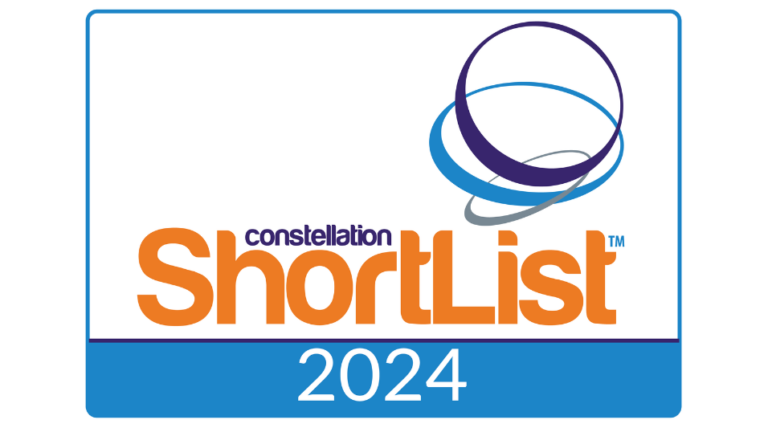This is part one of a blog series entitled “Revisiting MACRA;” see parts two and three. We also invite you to check out this free guide called “Leveraging Automated Outreach to Succeed in MACRA.”
A new Health Affairs study found that after year one of the Medicare Access and CHIP Reauthorization Act of 2015 or MACRA, 60 percent of physicians reported being not at all or only slightly familiar with the policy, and only 8 percent reported being very familiar. In light of these statistics, as well as recent CMS-proposed rules to change MACRA, it’s important that physicians continue to educate themselves about the regulatory environment, which will increasingly impact how they get reimbursed and deliver care to patients.
The 30,000-foot View of MACRA
When MACRA was introduced in 2015, the physician community praised it as a step in the right direction. The law replaced the flawed Sustainable Growth Rate or SGR, which was a set of economic formulas that determined Medicare reimbursements from year to year, with the Quality Payment Program or QPP.
The purpose of QPP is to promote flexibility and innovation in the delivery of care for Medicare recipients, which in turn will improve quality and outcomes for patients and reward providers for doing so. It offers two paths to achieving this – the Merit-based Incentive Payment System or MIPS, and Alternative Payment Models or APMs.
- MIPS: The vast majority of providers will only qualify for the MIPS track. Under the program, physicians are scored in four areas: quality, which includes patient experience and outcome measures; promoting interoperability with regard electronic health records; improvement activities such as enhancing patient engagement and increasing access; and cost of care delivery. The degree to which physicians are incentivized or penalized in terms of reimbursement will be based on these performance metrics.
- APMs: This program is aimed toward larger and more technologically advanced practices, including those that engage in the next generation accountable care organization model or tracks 2 or 3 of the Medicare Shared Savings Program or MSSP. CMS estimates that no more than 4 percent of physicians qualify for this track.
The major overhaul of Medicare payments will directly impact many stakeholders along the healthcare continuum, including providers, health systems, and payers. Eligible physicians in particular are at a crossroads – on one hand there is strong incentive for them to participate in APMs that require risk-sharing for a broad range of health services that are designed to drive quality improvements, and on the other they will be on the hook to measure and report on the various metrics required of MIPS. Regardless of the path they choose, providers will likely have to consider changes in their practices to improve value.
While physicians with low Medicare patient populations may be exempt from MACRA, it would behoove them to also take notice. It’s anticipated that the policy will set the stage for payers across the spectrum, including other government programs and commercial health plans.
MACRA Means Well, But Is It the Right Solution?
While physicians generally support the intent behind MACRA, not all agree on the mechanism. Specifically, industry leaders have expressed a number of concerns about MIPS, which some feel can have unintended consequences and even hinder the transition to value-based care.
- One’s Gain Is Another’s Loss: At the heart of the growing concerns surrounding MIPS is the payment adjustments are a zero-sum game. This means that one practice might be doing everything right, but if others are doing it better, it’s to their detriment and they may be missing out on financial incentives and even worse, could be penalized.
- One Size Does Not Fit All: It’s important to remember that not all practices are on equal footing with regard to having the bandwidth to take on additional reporting burden. For example, larger practices have an advantage over smaller ones because many of the quality initiatives require participation in group reporting registries, which many are already doing.
- But Are Too Many Getting a Pass?: According to the proposed rule released July 12, CMS estimates that only 42 percent of providers treating Medicare recipients in 2019 will actually need to comply with MACRA due to revenue or patient volume thresholds. This is problematic because it reduces the incentive pool for providers in 2021 (2021 payment adjustments are based on the 2019 performance year), and physicians may be less inclined to disrupt practice operations to achieve value. However, the proposed rule does allow for providers that do not meet the thresholds to voluntarily opt in, which can potentially increase participation.
- Gaming the System: Seeing how MIPS focuses on a set of performance metrics and physicians have the option to select which quality measures to report on, there is the potential for providers to prioritize certain initiatives over others to maximize return. But this begs the question – how does this impact patients? Does it detract from other quality initiatives that are equally worthwhile?
No law is perfect and MACRA is no exception. In order to improve it, it’s imperative that physicians not only educate themselves, but make their voices heard by engaging the professional organizations that serve as liaisons to policymakers.
The reality is MACRA is here to stay for the foreseeable future and will continue to evolve. Physicians who proactively evaluate and modify their clinical behaviors today will not only benefit their practices, but most importantly, benefit their patients in the long-run.
Preparing Your Practice for MACRA in 2019
MACRA was designed to give eligible providers time to learn the ins and out of the new law and ramp up their practices. The first two performance years (2017 and 2018) applied low standards for providers to meet, and 2019 is when things will kick into high gear. With the third performance year quickly approaching, it’s not too late to consider changes in your practice. In this blog series, we present several strategies that can help improve your QPP performance and create value for your patients.








